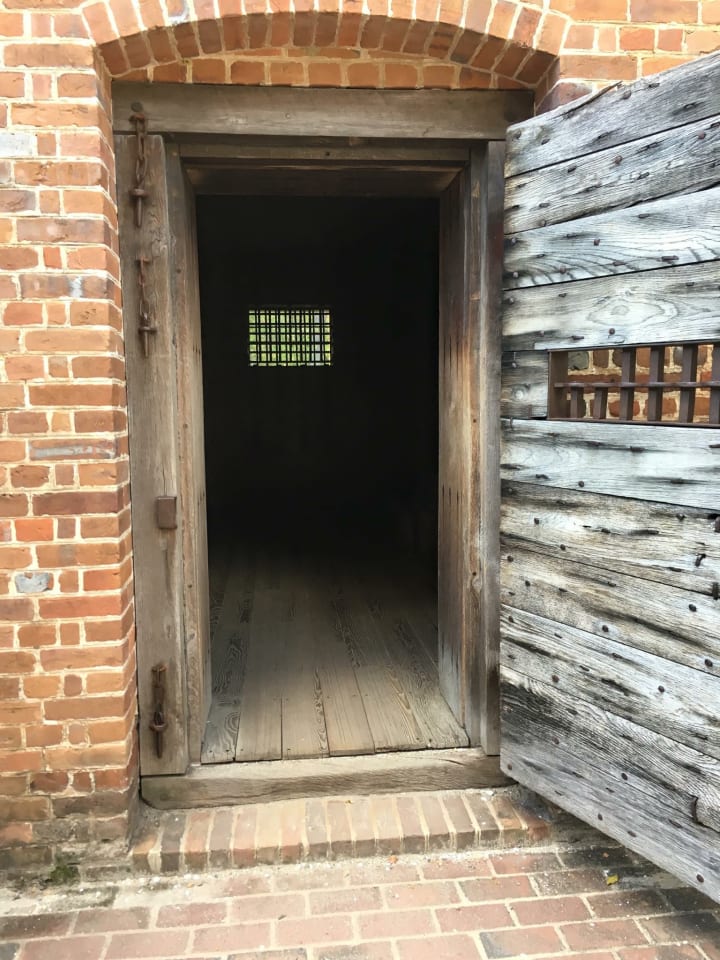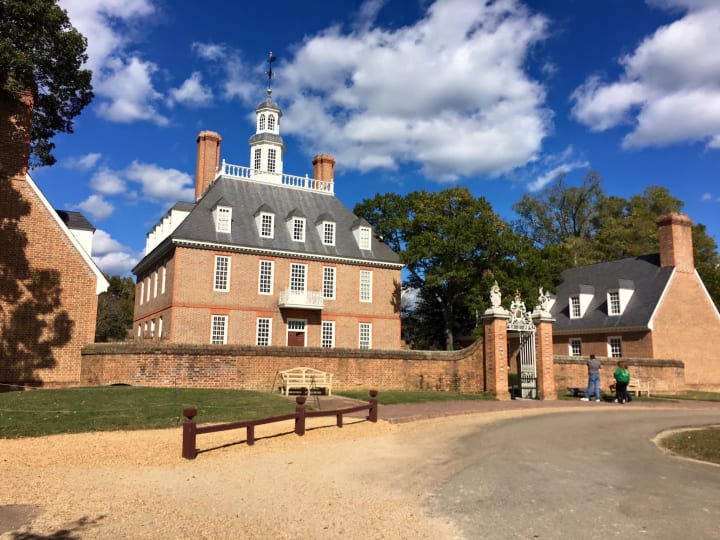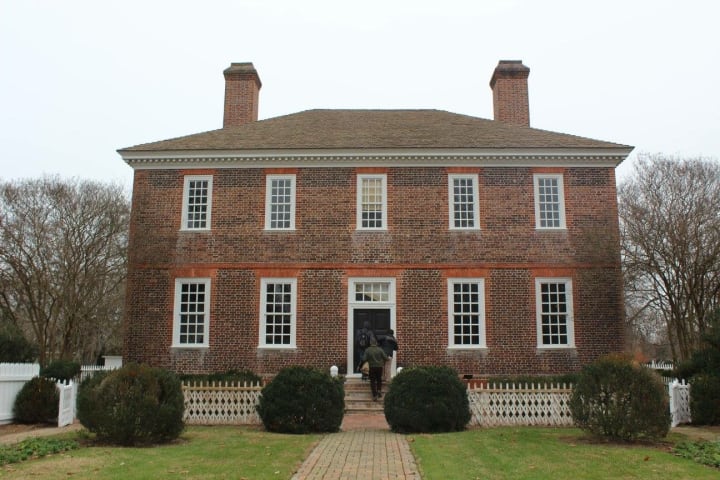Colonial Williamsburg
The Revolutionary City

When you think of the Revolutionary War and the colonies fight for freedom, what cities come to your mind? Most people go straight to Philadelphia, Boston, and even New York City. However, hidden on the eastern coast of Virginia, right by the very spot where the colonies began their foundation in Jamestown lies the little town of Williamsburg, Virginia. Named after King William III of England when the state capital was moved from Jamestown in 1699, today Williamsburg is a bustling city with theme parks and history all around. No words can describe the magic you feel while there, I'd compare it to that childish excitement you get when going to Disney World for the first time. However, few people seem to realize what a crucial role that this small-ish city seemed to play in the founding of our nation.
For 81 years (1699-1780) Williamsburg ruled as Virginia's capital after the House of Burgesses decided to leave Jamestown. Many of the founders of America and major players of the American Revolution, such as George Washington, Patrick Henry, Thomas Jefferson, George Mason, and Peyton Randolph (to name a few), spent time here. In 1926, the Reverand of Bruton Parish Church, W.A.R. Goodwin, and John D. Rockefeller Jr. began restoration of what is now Colonial Williamsburg. It reopened as a historical location in 1933 and has been providing educational services and constant preservation of the once important town since.
I've been to Colonial Williamsburg multiple times and I never truly get to see everything it holds. Each season holds new activities for children of all ages and new set ups in the buildings open for viewings. There's history filled fun starting at William and Mary College and stretches all the way down Duke of Gloucester Street to the Capitol building. Duke of Gloucester Street happens to be the main street that leads straight through the center of the hustle and bustle of Colonial Williamsburg and was once strolled down by the likes of Patrick Henry, Peyton Randolph, George and Martha Washington, and even Thomas and Martha Jefferson. It's seen soldiers held up as they were fighting for freedom a few miles away during the Battle of Yorktown in the most crucial time of the Revolutionary War. Almost every building is focused around Duke of Gloucester Street and if it's not, the road to it is directly connected. Strolling down the street yourself is like you're being immersed back into the 1700's. The costumes, the characters, the sites! The experience of walking next to a horse-drawn carriage towards a tavern while people in modern and colonial clothing hustle by you is otherworldly. Seeing the marketplace and being able to buy goods from an open market right off the street is a rare experience in modern times but to be buying fresh fruits and vegetables (all grown from the colonial garden) is even an experience the Royalist would enjoy.
Raleigh Tavern is a site that you may miss if you're hurrying by to the bigger attractions or under the assumption that it's not open due to the construction equipment currently surrounding it. However, the construction is simply due to new archaeological evidence that the tavern had a porch on the front and although it may not look like much, Raleigh Tavern has such an important history to Virginia and the founding of the United States. Built in 1717 and given the namesake for Sir Walter Raleigh who founded the lost colony of Roanoke Island, the Tavern has seen many popular faces come and go. In 1773 the House of Burgesses met in the Apollo Room and began writing letters to unite the colonies against the rule of the British. Included in these events were two young lawyers, Thomas Jefferson and Patrick Henry. Parties were often thrown at the Tavern, as well, including one that a recent William and Mary graduate (Thomas Jefferson) attended and subsequently embarrassed himself in not being able to talk to the beautiful hostess of the party.
After the Battle of Yorktown, people celebrated from the Capitol building at the top of Duke of Gloucester Street down to Raleigh's Tavern to celebrate the miraculous surrender of the British and the signing of the Treaty of Paris. In 1824, Marquis De Lafayette, whom you should know fairly well if you're an avid follower of Broadway's Hamilton: An American Revolution, returned to Williamsburg for the first time since the signing of the Treaty of Paris and was treated to a feast to honor him. Even if you ignore the amazing figures who walked the halls of the tavern or even the beautiful architecture of the renovated building, you will definitely the appreciate the delicious pretzel rolls that are sold inside!











About the Creator
Kristin Hicks
23. History lover. Adventure seeker. Photographer at heart. ❤️
Instagram: @writelovemakehistory
Twitter: @History_Writer






Comments
There are no comments for this story
Be the first to respond and start the conversation.